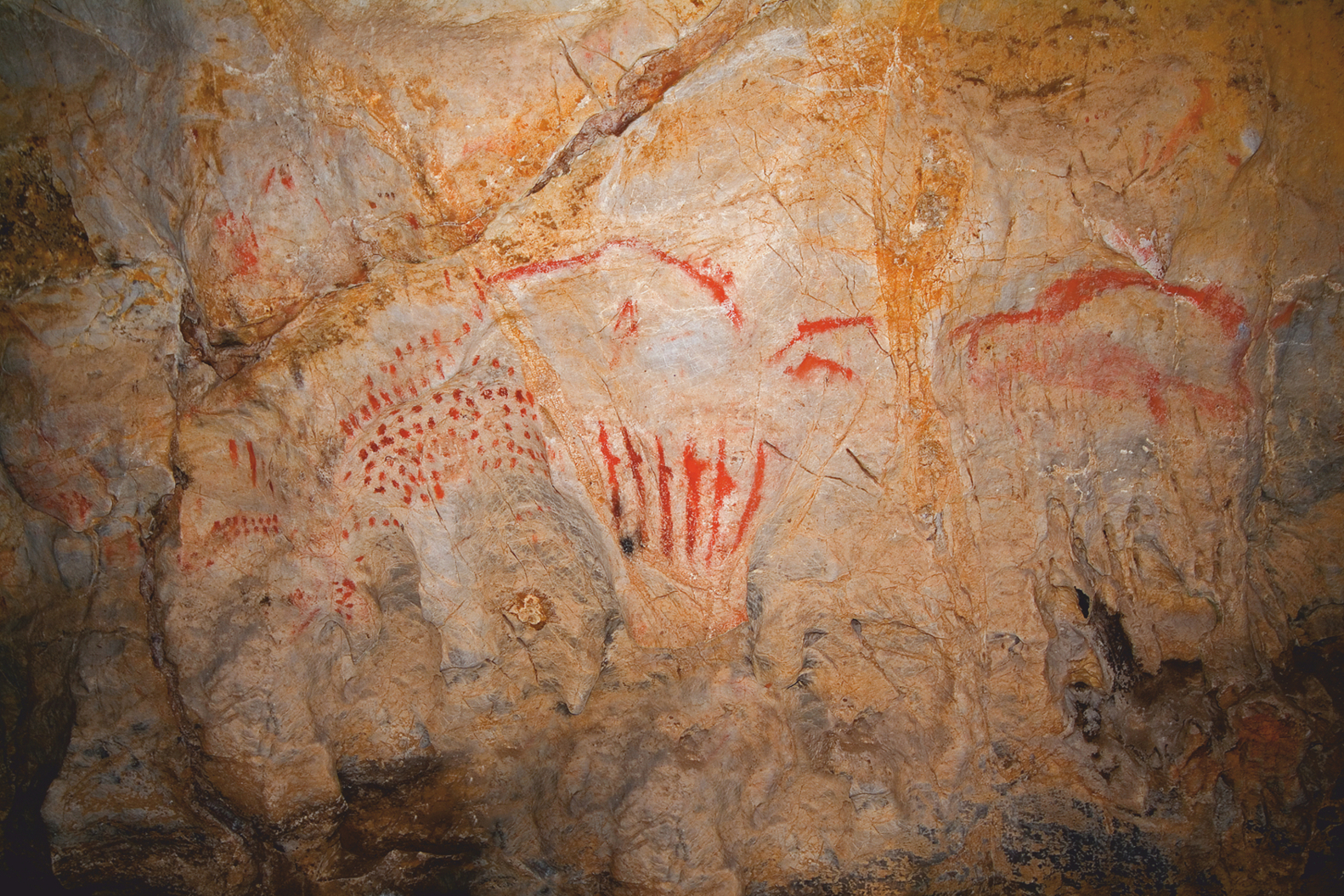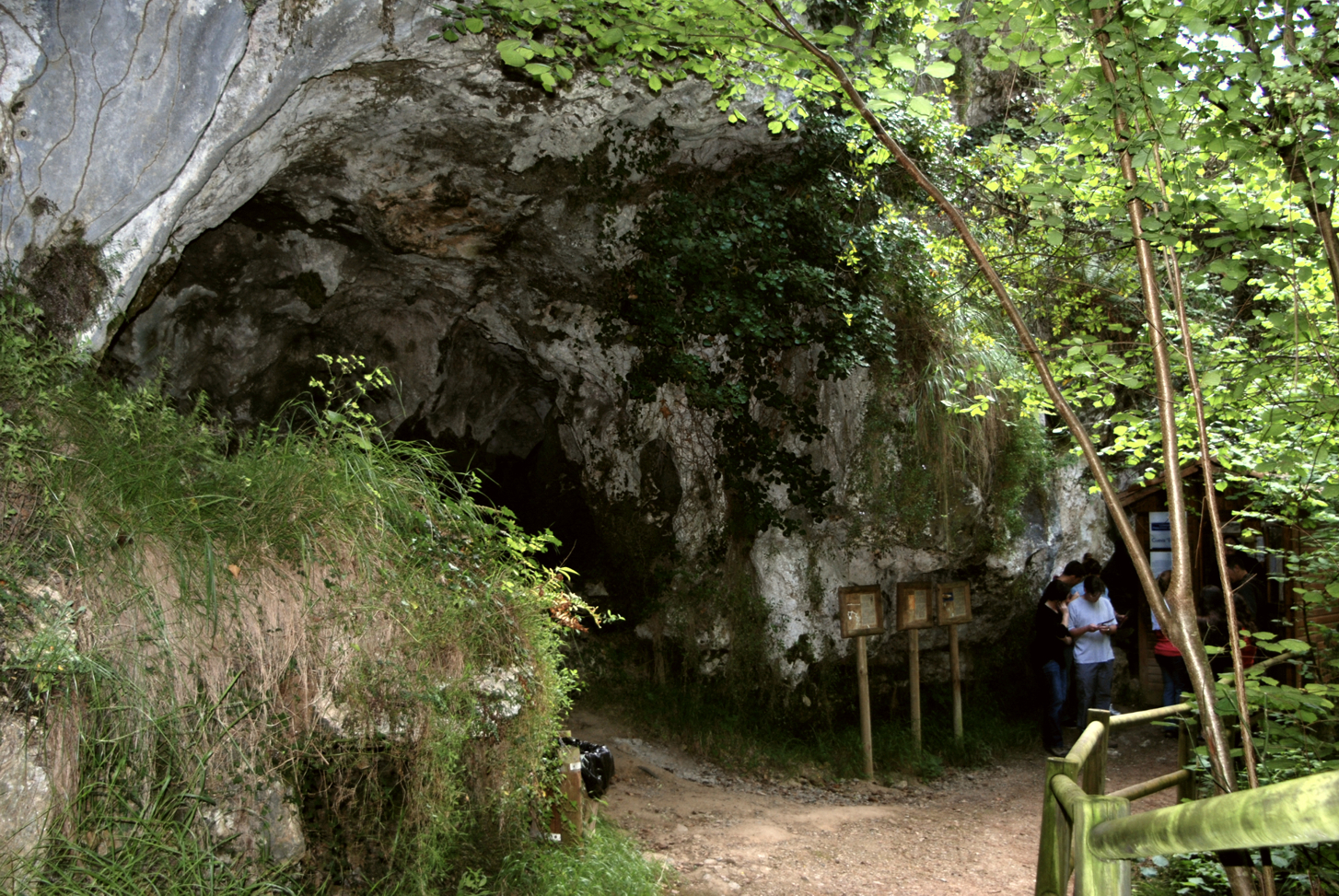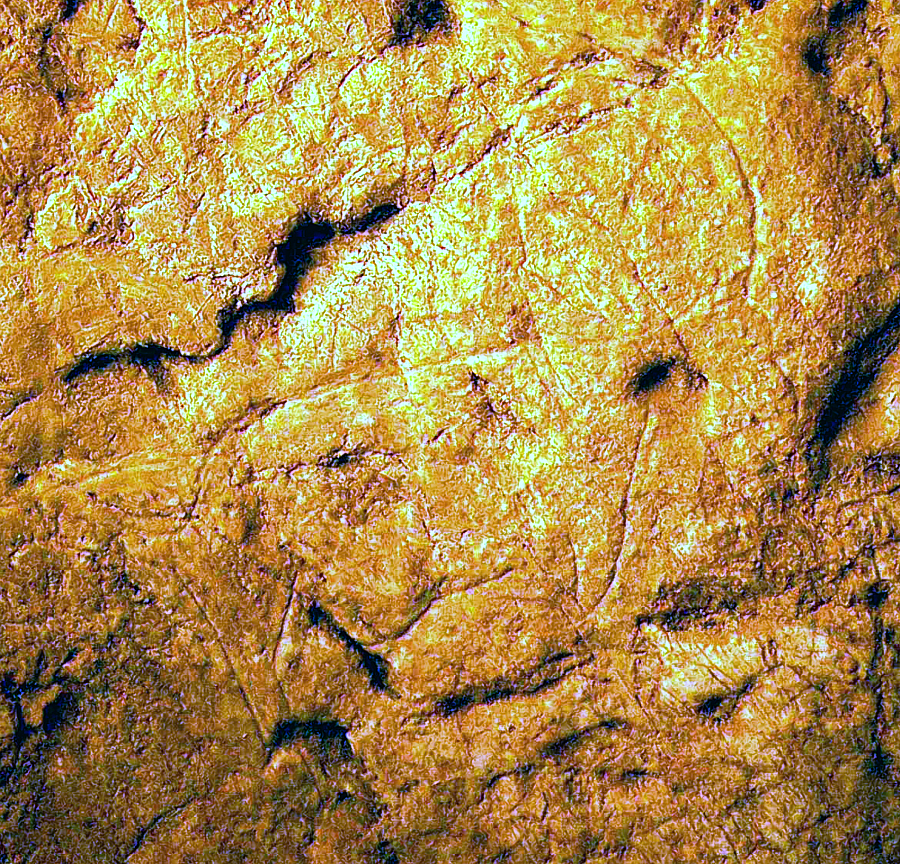Cronología de las representaciones rupestres: Solutrean and Magdalenian periods.
Descripción general del destino: Engravings and black paintings of animals and tectiform signs. The cave shows a combination of paintings and engravings of horses, goats, deer and bison and geometric and zoomorphic figures. The rock art in El Buxu Cave also contains various representations done in diverse techniques, engravings and paintings, with a wide repertoire of zoomorphic and geometric figures. Recent excavations have revealed that, during one or another of its Solutrean occupations, El Buxu served as a seasonal settlement during summer and autumn to hunt deer, chamois and goats.
Historia del sitio: El Buxu Cave was discovered in 1916 and studied soon after by the Count of La Vega del Sella and H. Obermaier, who mainly studied its rock art. Stratigraphically it houses important Solutrean levels with stone and bone industry, accompanied by various manifestations of portable art, outstanding among which are the rare sculpture of a bird carved on the tusk of a cave bear and a limestone plaque engraved with different motifs (animals, signs and anthropomorphic figures). The art of the cave was discovered in the same year 1916, when C. Cardin explored it at Count Vega del Sella’s request, believing that it was a cave called Las Inxanas.












